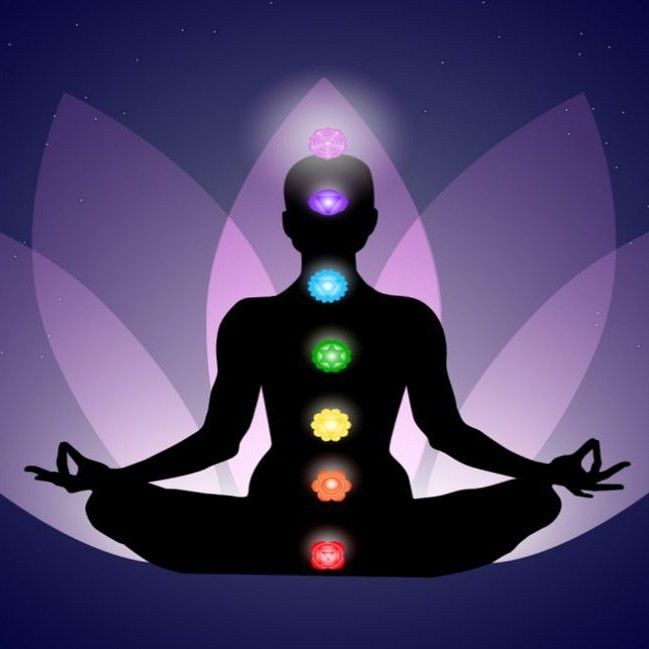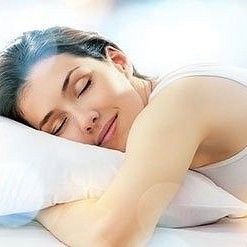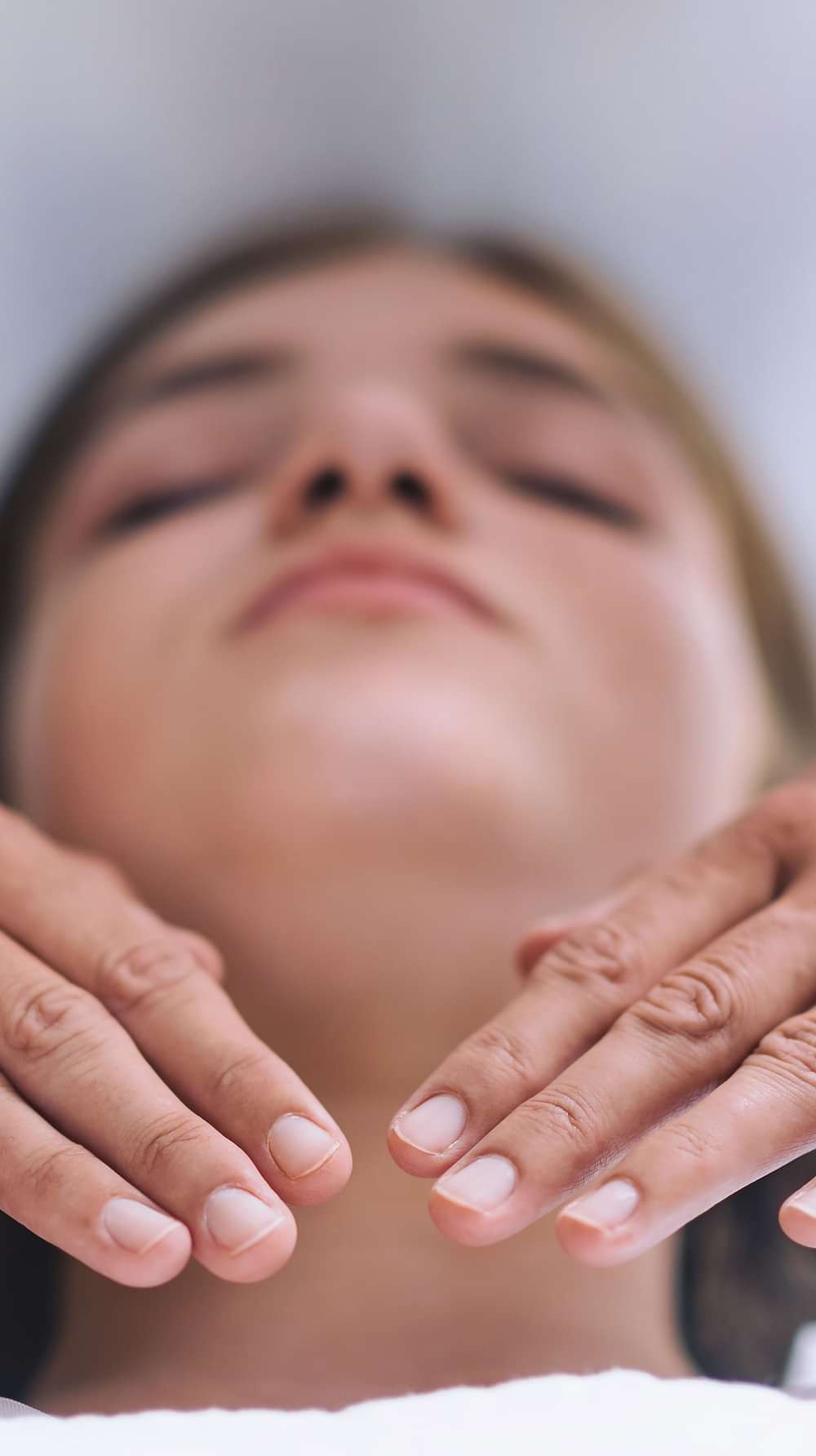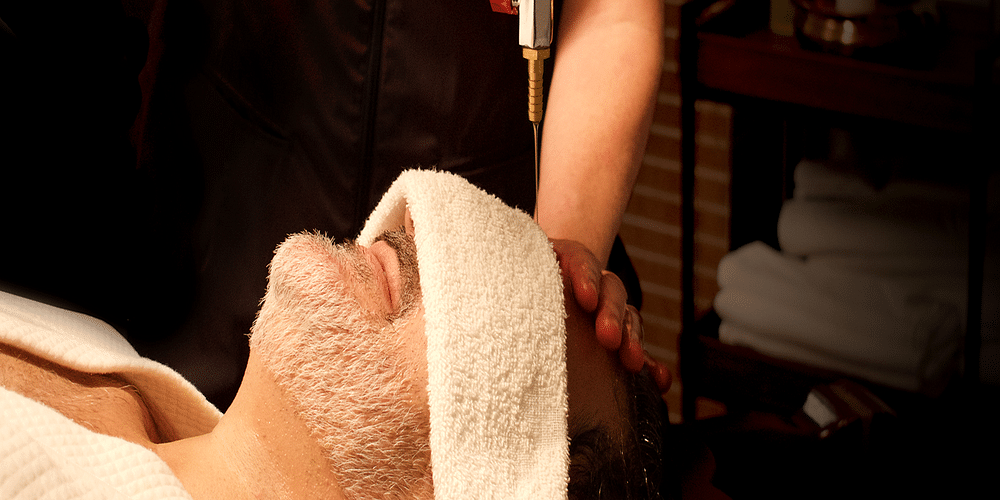- 7 Reasons to Discover Ultimate Serenity with Naturopathy
- Embrace Wellness Winter
- 7 Wellness Tips For Your Longevity
- World Mental Health Day: Essential Insights for Balanced Life
- 5 Ways to Achieve Optimal Digestive Health
- Exploring the Health Benefits of 5 Popular Types of Massages
- How Spas Rejuvenate the Body, Mind, and Soul
- What is Swedish Massage
- Valuka Sweda
- Januvasti
- Annalepam
- Navara Kizhi
- Shiro Vasti
- Udhwarthanam
- Podikizhi
- Pizhichil
- Upanaham
- Merudanda Vashti
- Netra Tarpana
- Greeva Pichu
- Greeva Vasti
- Merudanda Pichu
- What is Ayurveda?
- The Benefits of Practicing Ayurveda
- Ayurveda: An Alternative Medicine
- Techniques and Benefits of Shiro Abhyanga in Ayurveda
- The Ayurvedic Cleanse of Panchakarma
- How Padabhyangam Therapy Heals Your Body and Mind
- Elements in Ayurveda and their Significance
- Live The Tranquil Life
- Detox and Rejuvenate with Acupuncture
- Lifestyle Management with Yoga and Meditation
- A Unique Approach To A Healthy Diet
- Weight Management with Ayurveda
- Wellness Retreats to Celebrate Women's Day
- Best Stress Relief Techniques
- Benefits of Massage Therapy
- 10 Quick & Easy Fresh Juice Recipes
- Everything you need to know about Holistic Health Assessment
- Essence of Yoga
- Why Must You Practice Yoga Regularly?
- The Basics of Ayurveda
- Boost Your Immunity With Naturopathy Amidst The Pandemic
- 5 Ways To Bring Down The Risk Of Seasonal Diseases
- 5 Amazing Tips To Improve Your Immunity
- 4 Everyday Habits That Might Be Harming Your Gut Health
- Reiki: The Healing Touch
- Your Ultimate Guide To Chakra Meditation
- Embrace the Naturopathic Way of Life
- Best Therapies for Chronic Neck Pain
- 4 Things Not To Do After A Filling Meal
- 8 Things That Weaken Your Immune System
- Try These 12 Things to Beat Panic and Stay Calm
- Beat Stress With These Foods During COVID-19
- Diet and Depression: What to Eat, What to Avoid
- Is Depression Keeping You Sedentary? Here is what you can do
- A Low FODMAP Diet For Better Digestive Health
- Want to Increase Sperm Count? Go the Nature's Way
- Home Remedies to Manage your PCOS
- Try Ayurveda to get pregnant faster
- Try Fertility Yoga to Support Reproductive Health
- Should You Ditch Dairy Products For Weight Loss?
- 6 Principles of naturopathy you should know about
- 9 Home Remedies For Digestive Issues
- Ayurvedic Remedies to treat COVID-19
- Importance of Doshas
- Acupuncture: The perfect healing therapy to boost fertility
- Fighting COVID-19 with Ayurveda
- A positive attitude will help you deal with COVID-19
- Practice yoga to boost mental health during COVID-19
- What to do when taking a deep breath just isn't enough
- Four Things To Gift Your Dad This Father’s Day
- Simple Steps To Spend Your 4th Of July Weekend
- 5 Amazing Things to Do During This Fall When You Plan Your Trip
- 4 Therapies for women dealing with stress & anxiety
- Importance of Ayurvedic Treatment in The Modern World
- What is Naturopathy & how does it benefit you?
- 10 Winter Wellness Tips For Your Health
- Weekend Getaways & Health Benefits
- The Importance Of Having Corporate Retreats
- 6 Reasons Why You Should Go To Health and Wellness Retreat
- 6 Habits to Consider in New Years Resolutions
- 5 Tips to Welcome Healthy Spring Season
- 6 Wellness Tips to Reignite the Spark of Love this Valentine Day
- 6 Wellness Tips for Longevity
- Catskills Most Sought Destination for Wellness Lovers
- 5 Springtime Wellness Tips
- How Detoxing Your Body Can Contribute to Your Holistic Wellbeing
- Unlock Secrets of Longevity with Spring Rejuvenation
- World Health Day: 6 Ways To Embrace The Power of Good Health
- Things To Do Around The Bethel Woods Center of Arts
- 5 Healthy Habits to Attain Longevity
- Mother's Day Give Her Gift of Wellness
- How To Deal With Anxiety and Depression
- Yoga For Beginners
- How to Make the Most of International Yoga Day
- Benefits Of Shirodhara Therapy To Restore Your Wellbeing
- Stress Taking A Toll On Your Health?
- How a Wellness Retreat Can Help You Get Through Panic Attacks
- Elevating Your Mind, Body, and Soul with Effective Wellness Prog
- Unlock the Secret to Restful Nights: YO1's Insomnia Management P
- Tips for a Healthier Labor Day Weekend
- Why Choose a Wellness Retreat Over a Typical Holiday
- 5 Ways to Unlock Optimal Health and Wellness
- World Vegetarian Day Health Benefits
- Catskills Resort Perfect Wedding Venues
- Stress Management Program for Mind Body
- Role of Healthy Diet in Longevity
- Enhancing Couple Wellness this Valentine Day
- 6 Anxiety Management Tips
- Wellness Benefits of Spa Treatments
- Womens Wellness Retreat A Step by Step Guide
- Weight Management Why It Matters
- Tips for Spring Season
- Self Care Simple Strategies
- 7 Spring Season Foods to Boost Health
- How Yoga Can Improve Physical and Mental Health
- Top Natural Remedies for Spring Allergy Relief
- How Hydrotherapy Impact the Mind and Body
- Tips For Managing Daily Anxiety and Stress
- Celebrate International Yoga Day with Top 10 Yoga Poses
- 10 Nutritious Foods to Manage Type 2 Diabetes
- Meditation Techniques to Calm Anxious Mind
- What to Expect During the Ayurvedic Detox Program?
- Top 10 Benefits of Acupuncture Therapy
- What to Expect From Your First Yoga Retreat
- YO1 Resorts Featured in Smile 2 Movie
- Bethel Woods Center for the Arts: All You Need to Know
- Everything You Need to Know About Deep Tissue Massage
- Ways to Celebrate Labor Day
- Best Wellness Resorts in Catskills New York
- 5 Common Myths About Weight Management
Name : Ayurveda Treatment
Therapies : Panchakarma, Shamana, Bhrimana
Components: Herbs, oils, spices, massages and therapies using natural ingredients
Purpose: Balances body doshas, widely used to treat several physical and psychological conditions
Benefits: Maintaining and restoring the body’s capability to balance and fight with ailments, relieve stress, anti-aging, metabolism booster
The history of medicine has always been intriguing to the existence of humans. Medicine has evolved into a solid platform where treatment for the most rigid and life-threatening diseases is readily available.
The oldest form of medicine is known to us as Ayurveda – a sophisticated combination of six crucial Indian philosophical, medical, physical and behavioral systems.
Primarily in Ayurveda, the emphasis is given on herbal remedies with diet modification for treatment. Add-on therapies include massage and meditation to balance body “doshas” that in turn eliminate impurities, boost immunity, and create a sense of harmony in the body and way of thinking.
“Ayur” meaning life and “veda” meaning knowledge, comprise a conceptual system based on the balance and disorder of human ecology and behavioral patterns. It is a combined assessment of the collective “mind-body-senses-spirit.”
Origin of Ayurveda
The history of Ayurveda can be traced back to 6000 B.C., but is said to have existed since the inception of the creation of mankind. It is a subsection of the Atharva Veda, and delivers the information to achieve a healthy and balanced life according to the sacred texts.
Ayurveda greatly influenced healthcare practices in the past and was administered through oral practice. In the old days, Brahmins were considered learned physicians who knew the principle of healing. Despite this, with time other castes began to take interest as civilization advanced.
After 1500 B.C., Ayurveda became so extensive that it was divided into eight branches of medicine. Atreya – the school of physicians and Dhanvantri – the school of surgeons were the additional legs of this medical system.
India further welcomed the Tibetans, Chinese, Romans, Greeks, Persians, Afghans and Egyptians who came to India to understand and learn treatment and healing.
Ayurveda means “ science of life” and is considered the gift of Gods in the Sanskrit sagas written by Indian saints. Rishi-munis in India have spent years studying the science and exploring its ways of healing.
Ayurvedic Body Types
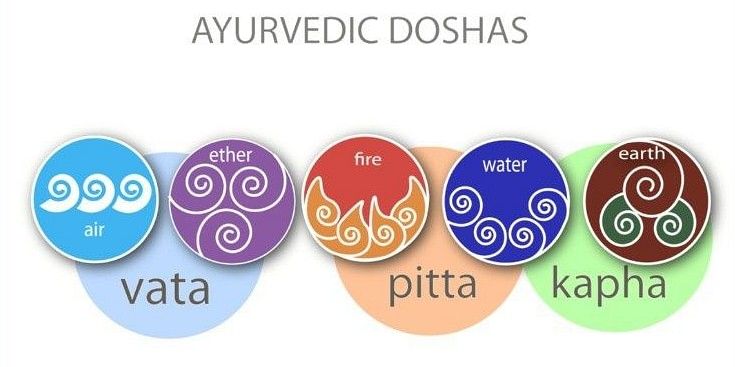
“Prakriti” or nature of a person’s body, is characterized into three energies in Ayurveda – pitta, kapha and vata. It is imperative in Ayurveda to have these energies balanced for better health.
Prakriti explains why different bodies react differently to the exact same things.
Pitta – Constitutes fire and water – higher or lower levels result in inflammation, infections, and ulcers
Vata – Constitutes space and air – imbalances result in constipation, arthritis, and anxiety
Kapha – Constitutes water and earth – imbalances create obesity, diabetes, and congestive disorders
Ayurvedic Treatments

Panchakarma, Shamana, and Bhrimana are three essential treatments in Ayurveda.
Panchakarma – this is the therapy of elimination. The process eliminates impurities through enemas, massages, and medical oils. Nasal administration, medicated enemas, purgation, blood-letting, and vomiting are used to cleanse the body.
Shamana – this is the therapy of pacification, used for balancing opposites with the help of dietary and lifestyle changes. Complimentary activities that aid these therapies are yoga, meditation, and herbal administration.
Bhrimana – these are nourishing therapies used for treatment of strength or emaciation issues.
Ayurveda To Improve Health
Ayurveda is a tool to uproot the cause of diseases from your body. Because the system focuses on natural ingredients as remedies, a patient’s health will never face any side effects.
Ayurvedic practitioners suggest that with consistent use of these natural remedies, one can happily relieve themselves of prolonged ailments, stress, and enhanced metabolism.
There is still some conflict persisting between western medicine and natural treatments. Nevertheless, Ayurvedic products are safely suited alongside conventional medicines, if that is your inclination.
It is best to consult a practitioner before adopting any natural remedial course and ensure that it comfortably coordinates with your regular treatment plan.
Ayurveda does not claim to cure all diseases but aims at detoxifying the impurities in the body and mind. It operates on the soul and conscious level and therefore is considered more effective as you enable your body to naturally balance itself.
Health Conditions That Ayurveda Can Treat
Ayurveda works as a science through the observation of body types, symptoms, and lifestyle. The use of Ayurvedic treatments and healing therapies works best to allow the body to regain health. Below is a list of conditions that can be treated:
- Diabetes
- Colitis
- Depression
- Arthritis
- Gout
- Insomnia
- Menopause
- Migraine
- IBS
- Osteoporosis
- Sciatica
- Low Thyroid
- Weight Loss
- Prostate
- Skin problems
- Fertility
- Eczema
- Dry skin, eyes
- Low libido
- Postpartum
Ayurveda relies on the importance of holistic development and nourishment of the body.
The pivotal role of Ayurveda as a medicine is to ensure that the body functions in a healthy manner through conscious healthy lifestyle habits such as proper diet, fitness, and positive mental health.
BLOG
GET IN TOUCH
Please take a moment to fill out the form below with your contact information. A YO1 Longevity & Health Resorts representative will reach out to you with additional information.

